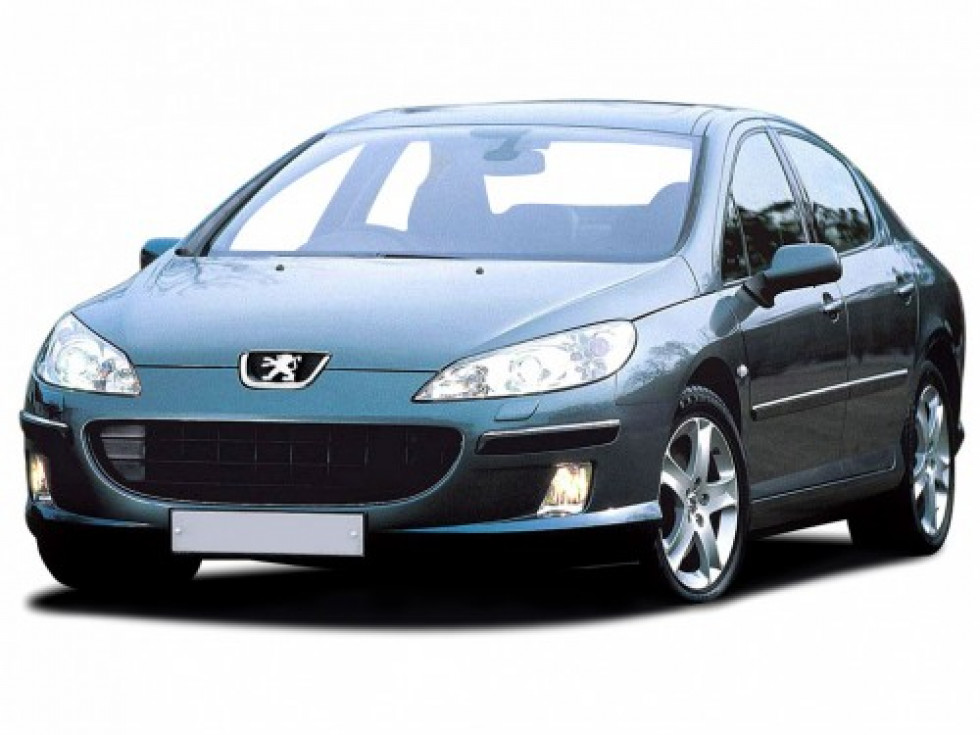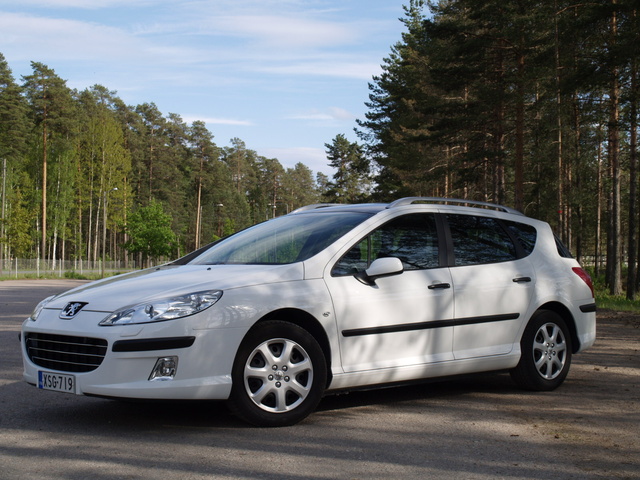The company Peugeot produced many famous cars. One of these is the Peugeot 407. It was this car that starred in the movie Taxi 4. Peugeot 407 debuted in 2004 and became the successor to the no less famous 406th model. The car was produced until 2010 and was available in several bodies. This is a sedan, wagon, as well as a coupe. Despite the cessation of production, this model is in demand in the market. But what is the Peugeot 407? Owner reviews, features and specifications are described further in our article.
Appearance
The design of the car was thoroughly redesigned. "Peugeot 407" has a completely different look. So, in front are huge headlights, stretching along the wings, and a long flattened hood. Special attention should be given to the radiator grill. It forms a kind of “mouth”, which gives the car more anger and predation. Another change affected the windshield. Unlike the previous model, it partially goes to the roof. Aerodynamics has also changed. In general, the design of the “Frenchman” turned out to be quite attractive and dynamic. Even now, more than 13 years after its debut, the car looks fresh and eye-catching. This is a serious advantage of this model.

What do the owners say about the body of this car? According to reviews, this model is well protected from corrosion. Many elements of the body are made of aluminum. Among the "childhood diseases" can be noted a little rust on the rear trunk lid in the station wagon. Sedan and coupe are more resistant to corrosion. According to reviews, in the Peugeot 407 headlights do not grow cloudy, although they are made of plastic. Enamel does not lose its luster over time. However, in the event of an accident it is very difficult to choose a tone - the range of shades at Peugeot is very diverse. This, paradoxically, is a drawback.
Salon
The front of the Peugeot is quite spacious. Depending on the configuration, the seats are finished in leather or velor. The seats are electrically heated and electrically adjustable. Three-spoke steering wheel with a nice line. The instrument panel includes several dials. Red arrows on a white background look unusual. On the center console is a large digital display with navigation. Also nearby is a climate control unit and radio.
Despite the long body, the rear seat is very limited. This is a disadvantage. So, the rear passengers in the Peugeot can rest their knees on the back of the front seats. In width, there is enough space, as well as overhead.
The trunk in the Peugeot
Perhaps the engineers sacrificed free space at the rear in order to increase the trunk, because its volume is as much as 448 liters. But that is not all. Trunk volume can be expanded to 1365 liters by folding the back of the rear sofa. The dimensions of the trunk are impressive, and this, judging by the reviews, is one of the advantages of this model.
Security
The French are very obsessed with security. And the Peugeot 407 is proof of that. So, already in the basic configuration, there were frontal and side airbags in a total of six pieces. Also in the basic version there is an ABS system and exchange rate stability. In terms of safety, the Peugeot 407 is one of the leaders in its class. This is one of the main advantages of this car.
Specifications
Different engines were installed on this car. These were both gasoline and diesel units. Let's talk about the most common in Russia.
The youngest in the line is a 1.8-liter four-cylinder naturally aspirated engine with 116 horsepower. This motor, along with a two-liter 143-horsepower unit, had problems with software. Very often there were errors in these Peugeot 407 electronic throttle, which was accompanied by unstable engine operation. Also, the owners were faced with burnout of the ignition coil. Otherwise, these motors did not cause problems to the owners. The piston and timing mechanism are very resourceful. Engines of 1.8 and 2 liters have proven themselves on the good side - as reliable and cheap units to maintain.
Diesel units are also popular in Russia. The weakest in the line is the four-cylinder HDI series engine. With a volume of 1.6 liters, it develops 109 horsepower. By the way, this motor is most in demand in Western Europe.
Note that the 1.6-liter diesel engine was used not only in the Peugeot-Citroen concern. This motor was placed on the Volvo, Mini, Ford and Mazda. The engine is marked DV6 and complies with the Euro-4 environmental standard. The motor is equipped with a turbine. The latter is characterized by variable geometry. The diesel engine also has a FAP particulate filter and a dual-mass flywheel. The filter is one of the most expensive elements in the exhaust system. The cost of the new item is $ 700. In view of this, the owners simply cut it out and flash the electronic control unit.

The injection system is Bosch, although Siemens nozzles were used on some models. It is worth noting that the DV6 engine was distinguished by acceptable traction. So, at two thousand revolutions he gave out 240 Nm of torque. And thanks to the Overbust function, this indicator could increase by another 20 Nm. With high performance, the engine has low fuel consumption - less than 5 liters per 100 kilometers when driving on the highway.
Does this motor have pitfalls?
Among the pitfalls, reviews note a relatively small resource for camshafts. It is about 200 thousand kilometers. At a run of 120 thousand, the chain is changing - by this time it is significantly stretched. Also on this run it is recommended to replace the crankshaft damper pulley.
The power system is very reliable. Fuel does not cause any questions on the mileage of up to 200 thousand kilometers. Bosch nozzles are inexpensive, but Siemens are very expensive. The owners also complain about the stability of the dual-mass flywheel.
Among the most serious drawbacks of this engine is a turbocharger with variable geometry. It can jam. The reason is a clogged oil line. Because of this, grease does not enter the channels. The oil pipe should be cleaned every 50 thousand kilometers. You should also change the oil according to the regulations - once every 10 thousand kilometers. This is the only way to prevent jamming of the turbocharger.
Chassis
The suspension at the 407th Peugeot was finalized. So, instead of a single-lever front (as it was on the 406th), a multi-link design was used. However, as the owners claim, it is easy to repair. So, ball bearings and bushings are changed separately from the levers. This has a positive effect on the cost of service.
The rear suspension is also multi-link. The first repair of the Peugeot 407 is required at approximately 120 thousand kilometers. This is a replacement for silent blocks and shock absorbers. Before this period, owners are faced with an ABS sensor, which, due to moisture, becomes malfunctioning. Reviews also note the need to replace the parking brake cable. He may eventually break. The rest of the suspension is quite hardy and, importantly, comfortable.
Conclusion
So, we found out what the Peugeot 407 has specifications and reviews. In general, this car does not need frequent maintenance and is quite reliable. There are no complex technological solutions, as is often the case with French cars. The only exception is the expensive “wet” catalyst on diesel versions. However, most models that are in the secondary market are already sold without it, with an ECU stitched. The engines on the Peugeot are reliable and economical. Even the weakest motors are characterized by good traction and acceptable dynamics.